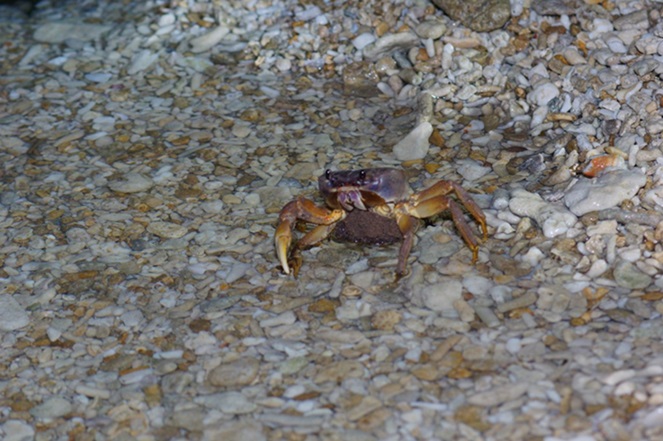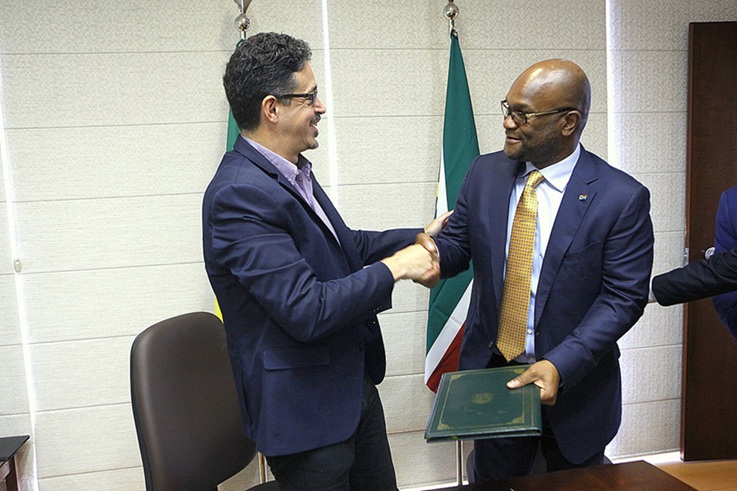The annual migration of land crabs at Banana Bay is more than just a natural spectacle—it’s a test of survival in a world of concrete and asphalt. Every year, these crabs embark on a perilous journey across Provincial Highway 26, risking life and claw to release their young into the ocean. But this year, they’ll have a little more help from above, as the Highway Bureau has announced plans to make the crossing a bit more crab-friendly.
For years, the crabs have faced an uphill battle, literally. Man-made structures like water pipes have turned ditches into death traps, where crabs find themselves stuck and struggling to escape. It’s like a bad dream for the crustaceans, but fortunately, the Highway Bureau has finally decided to step in. After consulting with experts, they’ve come up with a plan to add coral stone and driftwood to the crossings, giving the crabs a much-needed leg up.
Banana Bay isn’t just any patch of coastline; it’s a biodiversity hotspot, once home to a staggering 62 species of land crabs. Yet, the very highway that cuts through this coastal forest is also cutting down the crab population, with roadkill incidents turning the blacktop into a grim graveyard every migration season. Volunteers have valiantly tried to shepherd the crabs across the road, but with only so many hands and so many hours, it’s been a losing battle.
Enter the culverts. These simple yet ingenious structures have been a game-changer, reducing crab casualties and giving hope to the researchers and conservationists who’ve been fighting for these critters. Now, with a 500-meter section of the highway raised and additional culverts installed, the crabs have a safer path to the sea. And during peak migration times, traffic will slow to a crawl, with volunteers on hand to guide these brave travelers on their journey. It’s not just about saving crabs—it’s about learning to share the road with the wild world around us.
(Source: Taiwan News)







